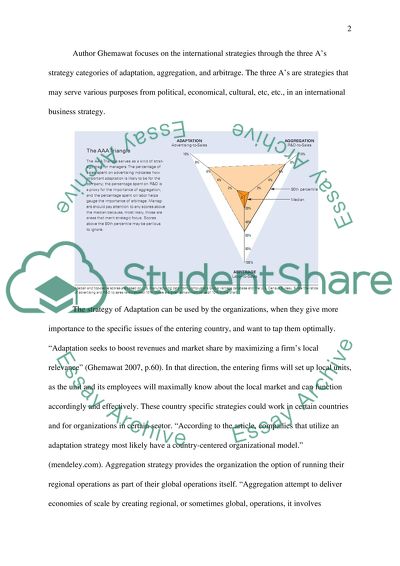Cite this document
(“International Business Strategies in Action Assignment - 1”, n.d.)
Retrieved from https://studentshare.org/other/1427758-international-business-strategies-in-action
Retrieved from https://studentshare.org/other/1427758-international-business-strategies-in-action
(International Business Strategies in Action Assignment - 1)
https://studentshare.org/other/1427758-international-business-strategies-in-action.
https://studentshare.org/other/1427758-international-business-strategies-in-action.
“International Business Strategies in Action Assignment - 1”, n.d. https://studentshare.org/other/1427758-international-business-strategies-in-action.


